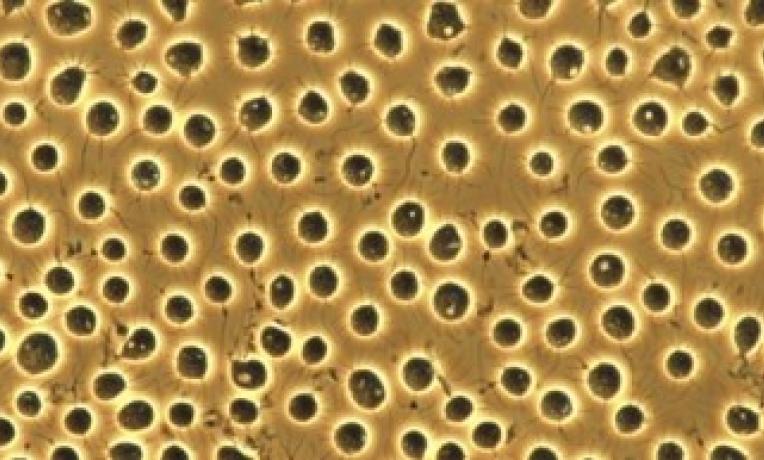ERC grantee uncovers genetic clue to animals' evolutionary success
A team of researchers at the Institute of Evolutionary Biology in Barcelona deciphered the genetic mechanisms responsible for the evolutionary success of animals, including humans. The findings give insight on how life evolved from its simple one-cell form to complex multi-cellular organisms. The results, published on 21/4/2016 in Cell journal, may also provide hints how the life will evolve in future.

We know that animals evolved from their single-cell ancestors. What we don't know is how that happened? What mechanism led to the development of animals' complex bodies? This is one of the unsolved mysteries of the evolution.
ERC grantee Professor Iñaki Ruiz-Trillo, from the Institute of Evolutionary Biology (UPF-CSIC) in Barcelona, and a team of researchers have now deciphered the genetic mechanism responsible for the evolutionary success of animals.
Animals' key to success: controlling distant genes
According to this study, what makes animals differ from their unicellular relatives is not new genes, but the way they regulate genes over large distances across their genomes. The DNA in multicellular beings can activate or inhibit genes situated far away, for example, in other chromosomes. The findings, published in Cell journal, assert that this mechanism can be found in all animals, but not in unicellular organisms.
“This ability to control more genes and in more specific ways is what allowed animals to dramatically increase their morphological complexity to the point of creating organisms with billions of cells, as it is the case with mammals”, said Professor Ruiz-Trillo.
Amoeba and us – common ways to control genes
For the first time, the study compared the regulatory mechanisms in animals with those in one of the closest animal relatives, a unicellular amoeba Capsaspora owczarzaki. Much to their surprise, Professor Ruiz-Trillo and colleagues found more common than distinct regulatory mechanisms between this amoeba and animals. For example, animals and C. owczarzaki share the genes that are crucial to animal development. The amoeba has a complex life cycle with clear phase transitions, and uses epigenetic mechanisms, such non-coding RNAs or histone marks, to regulate the transitions between different cell stages.
“While C. owczarzaki applies the gene regulatory mechanisms to control the transition between its different cell stages in its life cycle, animals use them to specialise their cells, for example to develop neurons or muscle cells,” said Professor Ruiz- Trillo.
The benefits of being multicellar
Multicellularity, which originated around a billion years ago, allowed organisms to increase the size of their bodies to conquer new habitats and to divide work between the new types of cells. The results of this new study show that the emergence of animals was enabled by an evolutionary, or genetic, recycling process, which increased our genomic complexity and allowed to regulate more precisely the different cells types within a complex, multicellular, organism.
"We can now have a more informed debate about the importance of these genetic mechanisms and about the role they could play in future life transitions, leading to the development of new evolutionary lineages", said Professor Ruiz- Trillo.
Iñaki Ruiz-Trillo is also an Associate Professor at the University of Barcelona and was awarded an ERC Consolidator Grant in 2014. His laboratory is based at the Institute of Evolutionary Biology (IBE), which is a joint institute of the University Pompeu Fabra (UPF) and the Spanish National Research Council (CSIC).


